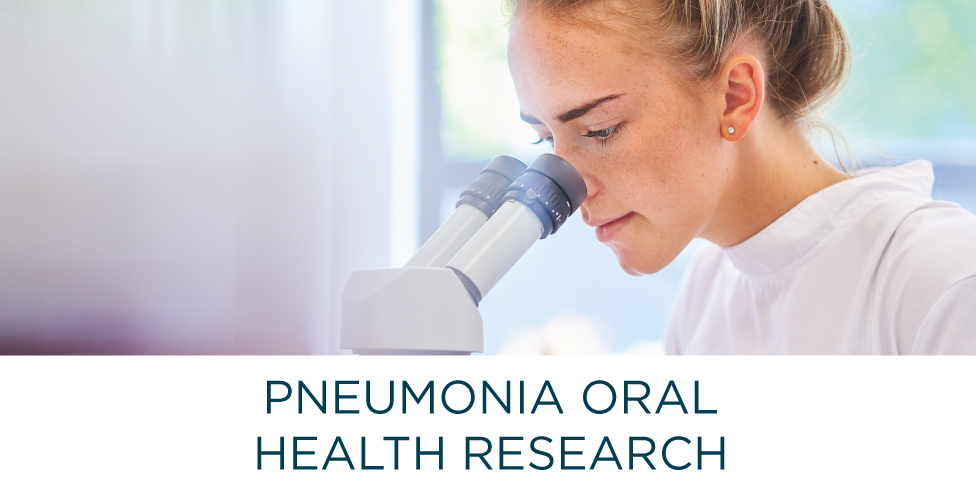In the last 10 years, no significant progress has been made in changing the incidences of pneumonia, a common infection that affects the lungs.
Researchers at the Center for Oral and Systemic Health at Marshfield Clinic Research Institute are trying to change that by researching the impact oral health has on pneumonia.
Amit Acharya, B.D.S., Ph.D., and the research team from the Research Institute were recently awarded a National Institute for Dental and Craniofacial Institute funded grant. The co-investigators from the Research Institute include project scientist Ingrid Glurich, Ph.D., biostatistician Richard Berg, M.S., epidemiologist Jeffrey VanWormer, Ph.D., and clinical expert Jayanth Vedre, M.D. Frank Scannapieco, D.M.D., Ph.D., and Jeff Miecznikowski, M.S., Ph.D., from University of Buffalo, are serving as co-investigators on the research.
“We are very fortunate to have an integrated medical-dental electronic health record at Marshfield Clinic Health System that captures dental and medical health information of a large patient population,” said Dr. Acharya. “Oral health plays an important role in our overall health, and our health system is well positioned to investigate the oral-system connection.”
Prior studies by co-investigator Dr. Scannapieco have already found a link between oral health and ventilator-associated pneumonia. That research showed that the presence of bacteria in the mouth were genetically identical to bacteria in the lungs that caused the pneumonia. This indicated that the mouth was likely the source of the infection.
Dr. Acharya, Dr. Glurich and the other members of the research team will be looking to see if other types of pneumonia are affected by oral health. The research team will use electronic health records to find incidences of pneumonia and then go back and look at the last dentist visit to see what the patient’s oral health status was.
“If poor oral health is a predictor of a pneumonia event, then increasing attention to maintain and improve oral health may lower the risk for pneumonia,” said Dr. Glurich.
Addressing issues with the integrated medical-dental electronic health record
Pneumonia characteristics may differ substantially based on environmental exposures, types of organisms in the patient’s local environment and the patient’s general health.
For instance, hospital-acquired pneumonia is often bacterial in origin and associated with a higher rate of exposure to antibiotic resistant organisms. Community-acquired pneumonia has a higher rate of viral pneumonia and may be caused by species of bacteria that are less common in hospital settings.
It is therefore important for a doctor to know where the patient acquired the pneumonia to make sure the appropriate treatment is used.
Currently, a pneumonia diagnosis may be classified by the organism that causes it using a national coding system in electronic health records. However, most commonly, the diagnosis is classified as “pneumonia unclassified.”
“The current classification system for pneumonia in the electronic health record provides no information about the setting where the pneumonia was acquired,” Dr. Glurich said.
The team plans to use informatics approaches like machine learning and natural language process to determine the characteristics of pneumonia diagnosed in Health System patients over time across different environmental settings.
These approaches will look for patterns in the medical record to help classify pneumonia by type. Electronic models will then be created to sort through data and identify where the patient acquired pneumonia.
For example, this process may search to see if a health record shows that the patient was recently transferred from a nursing home, intubated, hospitalized or screened with laboratory tests commonly used to diagnose community-acquired pneumonia.
Once the researchers can determine the type of pneumonia, they will look at oral health status of patients who had different pneumonia types. This will help determine whether a history of poor oral health may place individuals at higher risk for developing pneumonia.

